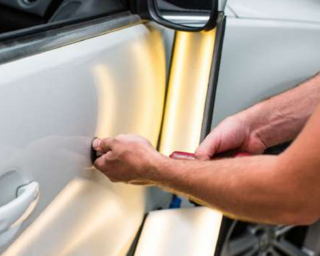Aston Barclay has predicted that used diesel values are likely to remain consistent over the coming 12 months.
The remarketing group has looked at all elements of the used market and, based on deflation alone on three-year-old 60,000 mile ex-fleet cars, has identified that diesel prices have been more consistent than petrol.
“Cap HPI recently published a year-on-year deflation graph of diesel vs. petrol at three years and 60,000 miles and since January 2015, diesel prices have been very consistent while petrol prices fell more dramatically,” explained Aston Barclay’s Group operations director Martin Potter.
“In November 2016 petrol and diesel deflation was identical and it will be interesting to see how this maps out during 2017 as the market copes with additional used volumes after diesel sales peaks in 2014 and 2015.”
Other factors likely to impact on the price of used diesel vehicles are the potential introduction of a scrappage scheme for older, less eco-friendly diesel vehicles and a toxin tax on diesel vehicles entering certain UK cities.
Atson Barclay also sought to highlight a blend of factors including the 3% penalty for diesel company car drivers, the gradual reduction in average fleet mileages, the increase in diesel VED for higher value cars and the greater range and acceptability of EVs and hybrids.
The used market bias of diesel and petrol is definitely moving, albeit slowly.
In December 2015, 62.77% of used vehicles sold across the Aston Barclay Group were diesel, with petrol models accounting for 36.18% of all vehicles sold.
This compares with 56.4% diesel and 41.8% petrol vehicles sold in April 2017, respectively.
“Most consumers base their buying decision on affordability and fuel costs when they purchase a used car,” said Potter.
“If used diesel prices do fall due to increased supply, then demand is likely to increase. Motorists are used to achieving 10 to 20% improved fuel economy with their diesel car so are not likely to turn their back on the fuel any time soon.”



















Login to comment
Comments
No comments have been made yet.